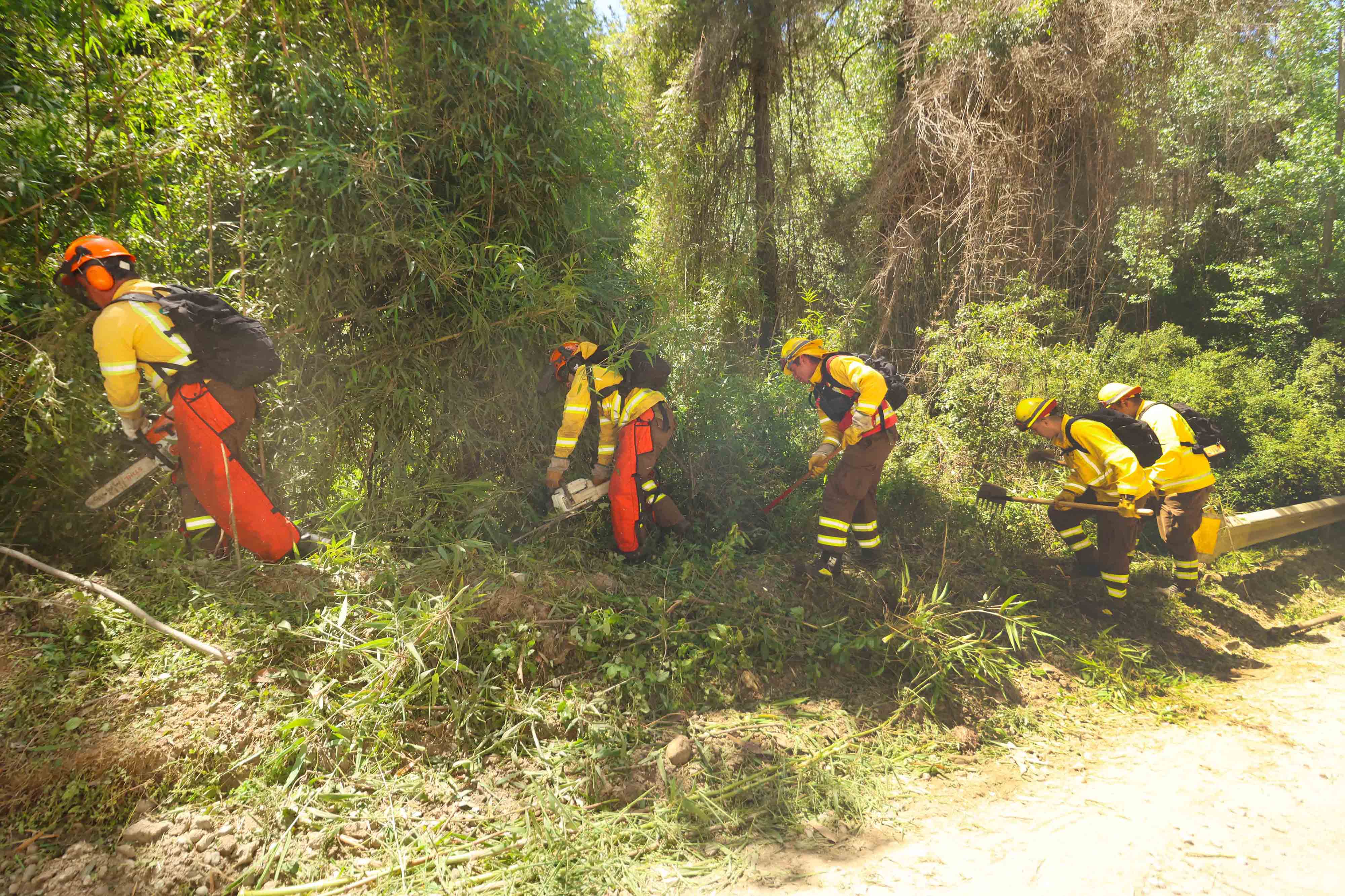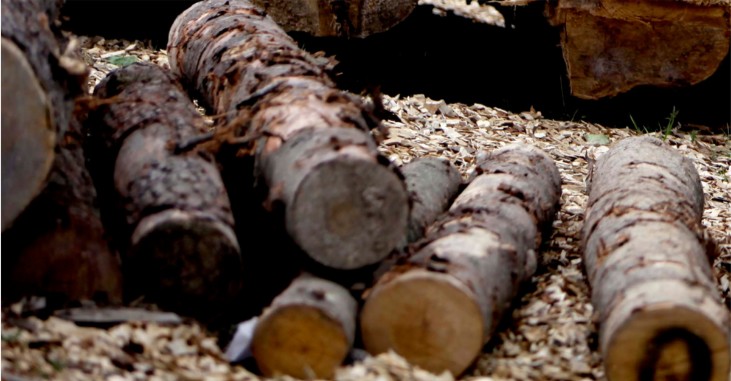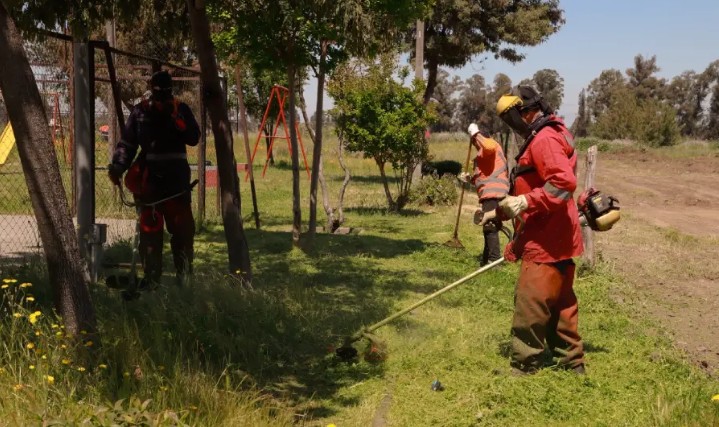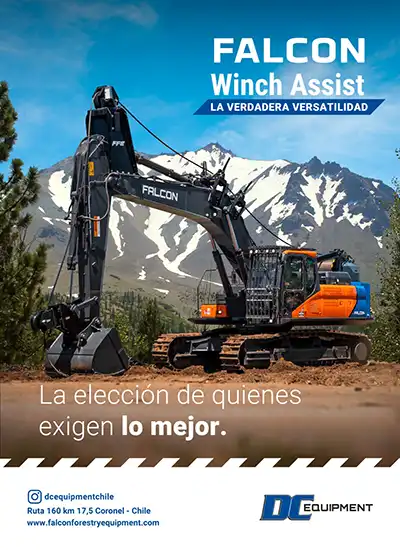Three Biobío Municipalities Still Lack Emergency Plans on the Brink of Wildfire Season
On the threshold of a new summer season, Biobío municipalities are refining their prevention strategies and coordinated response with Senapred and Conaf.
However, a regional concern persists: the municipalities of Los Álamos, San Rosendo, and Tucapel have not yet submitted their Communal Emergency Plans, a legally mandatory instrument for facing disasters.
Authorities from various municipalities have activated committees, patrols, and preventive work. But the absence of these plans in three Biobío municipalities highlights gaps that could complicate a timely response to wildfires.
The Call from Senapred
The regional director of Senapred Biobío, Alejandro Sandoval, explained that the institution operates as a coordinator for the agencies of the National Disaster Prevention and Response System, especially during high-risk periods like summer.
He noted that coordination is maintained year-round through two pillars: the Risk Management Table, which brings together Conaf, Corma, municipalities, Armed Forces, and other actors; and the Disaster Risk Management Committees (Cogrid) at the regional, provincial, and communal levels.
However, he emphasized that each municipality must fulfill its part: "Municipalities have the legal duty to have their Communal Emergency Plan and their Disaster Risk Reduction Plan. They are the ones who establish what capacities they have and with whom they will coordinate in the face of a threat." In this task, Los Álamos, San Rosendo, and Tucapel have not yet completed the process.
He also highlighted that municipalities must provide logistical support and execute evacuations if wildfires warrant it. "Firefighters, Conaf, and private resources combat the fire, but municipal support is crucial, especially for evacuating and assisting the population," he stressed.
Conaf Alerts About a Complex Season
Giovanny Serey, provincial chief of Conaf Concepción, confirmed that most municipalities in Greater Concepción have already held their Cogrid sessions. From these instances, he specified, key decisions emerge such as preventive patrol routes, strengthening firebreaks, and meetings with neighborhood associations.
"Patrols with municipal trucks, beacons, and loudspeakers help detect early hotspots and deter risky behaviors," he explained. He also valued that communities are being trained on how to withstand a fire and when to evacuate.
The call, he said, is clear that "we cannot let our guard down. There are always fires, big or small. If you see smoke, a campfire, or someone making fire, you must report it to Conaf at 130 or report to Carabineros. Prevention is everyone's task."
Since July of this year, San Pedro de la Paz anticipated the season by activating its 2025–2026 Wildfire Contingency Plan, led by the Public Safety Directorate. The strategy includes patrols, vegetation clearing, over 14 kilometers of firebreaks with Conaf support, surveillance cameras, drills, and updating evacuation plans with 26 meeting points and 58 safe routes.
"We are working with public and private institutions and the community to protect lives, homes, and the natural environment. Prevention is our first line of defense," stated the municipality.
Concepción: Risk Maps, Firebreaks, and Citizen Education
The regional capital has a Communal Emergency Plan with a specific annex for wildfires. It identifies critical zones such as Palomares, Nonguén, Cerro Chepe, Cerro La Pólvora, Agüita de la Perdiz, Chaimávida, and rural areas like Las Pataguas and San José de Palomares.
The municipality maintains direct coordination with Conaf and implements Senapred-Conaf protocols through the "Red Button" tool, which allows for early alerts due to extreme weather conditions. They work with Firefighters, community brigades, and forestry companies.
Nacimiento: Initial Coordinations Activated
In Nacimiento, emergency manager Jaime Vidal reported that "at the end of September, we held the first communal Cogrid focused on the summer season. There, we agreed on preventive patrols in case of a red button or other alerts."
Each participating institution has defined sectors, incorporated into digital maps with precise coordinates to optimize response.
Penco: Inter-municipal Alliance to Combat Wildfiress
The mayor of Penco, Rodrigo Vera, highlighted a new local strategy: "As a municipality, we have taken a leading role by creating the Association of Municipalities for Wildfire Prevention, together with Tomé, Florida, and Yumbel. This allows us to share resources, information, and coordinate responses in emergencies."
Vera explained that the 2025–2026 Communal Wildfire Prevention Plan includes clearing underbrush, security patrols, and strategic surveillance points. "We want to anticipate, protect forests, homes, and provide peace of mind to families during the summer," he assured.
Chiguayante: Joint Patrols with Hualqui
In Chiguayante, the director of Citizen Security, Daniel Carrillo, stated that by instruction of Mayor Jorge Lozano, the preventive COGRID was reactivated. "We are developing clean-ups, firebreaks, and campaigns. From November to March, we patrol together with Hualqui to protect Manquimávida hill and prevent emergencies," he affirmed.
Source:Diario Concepción
















